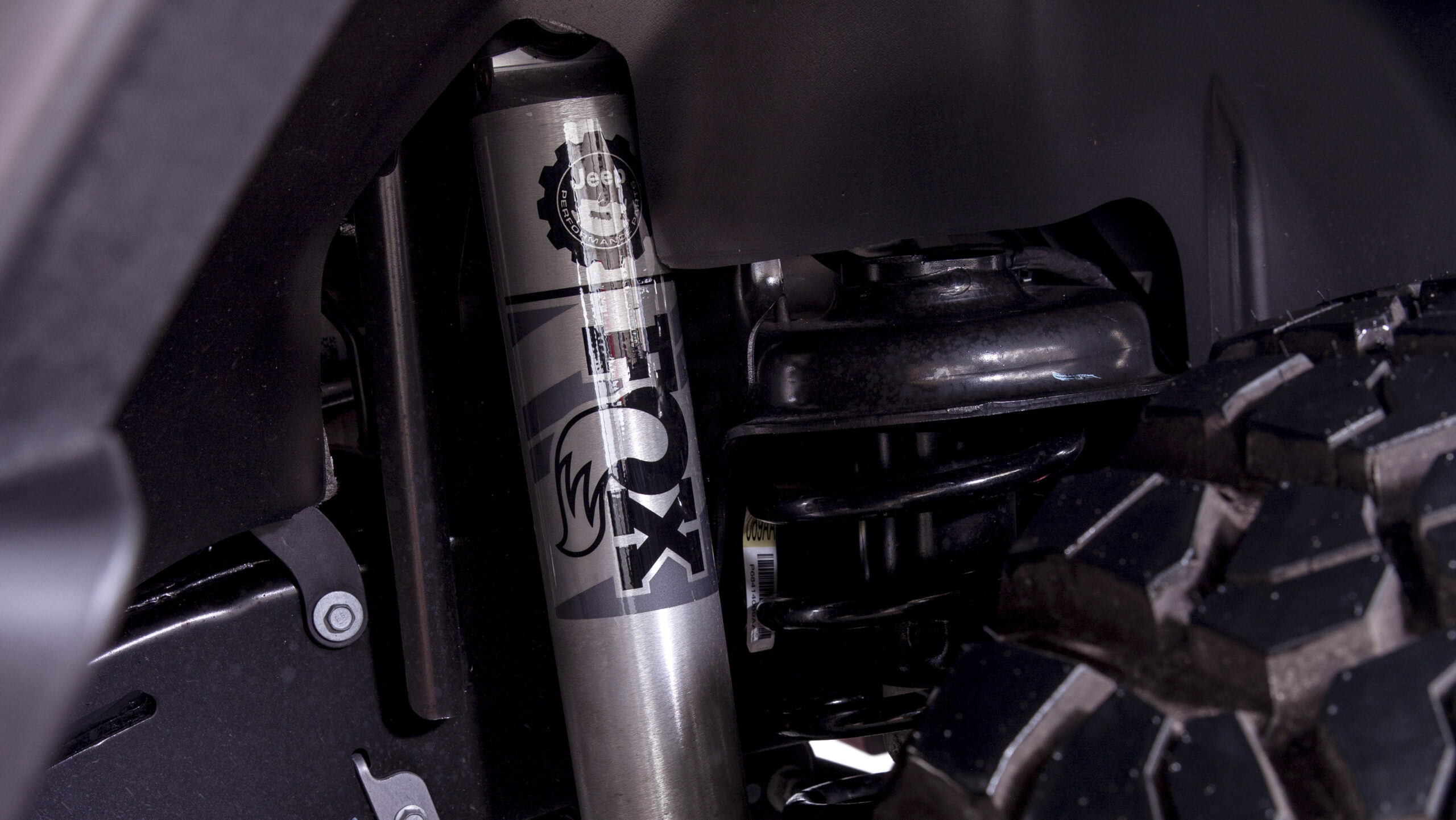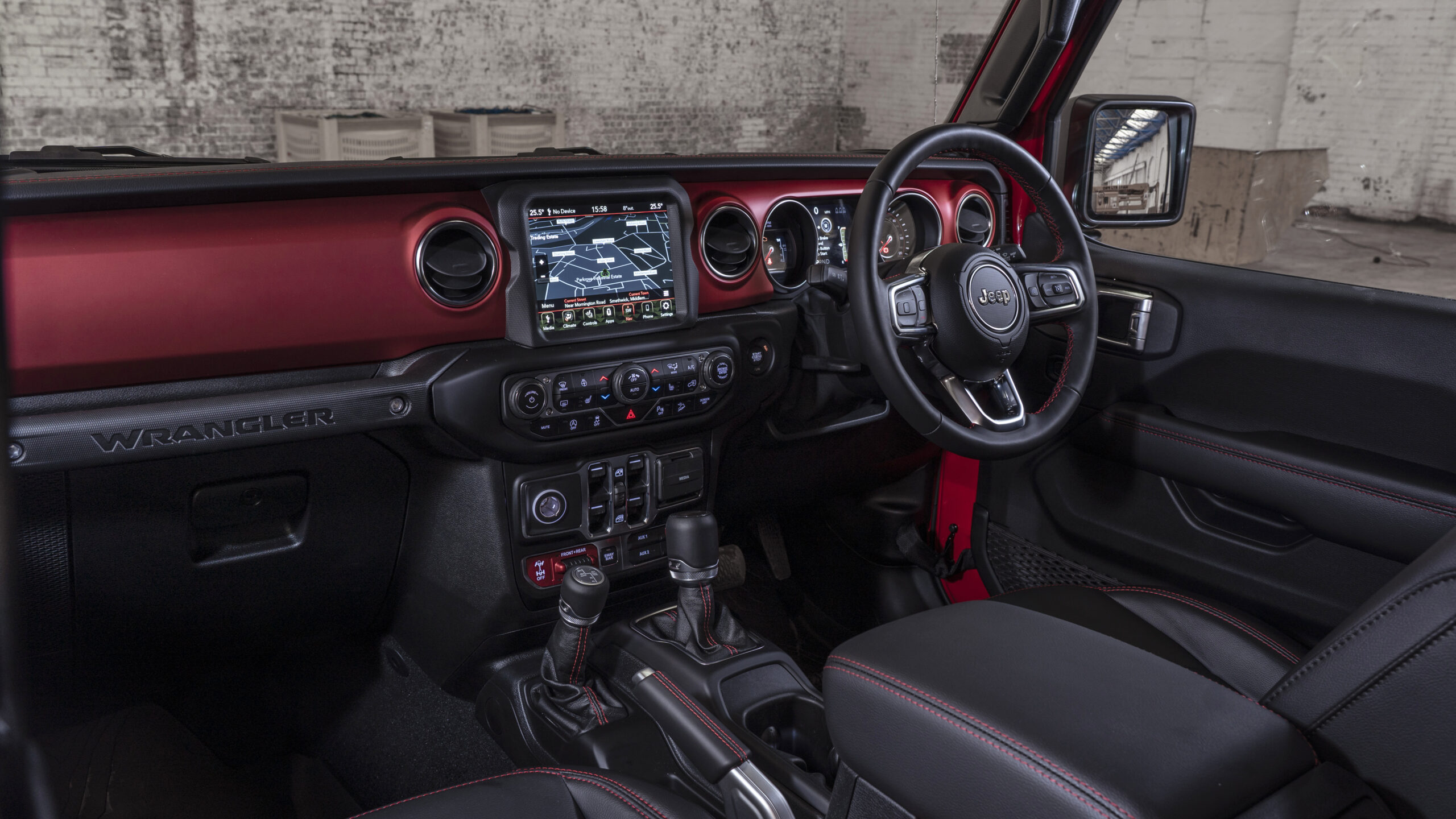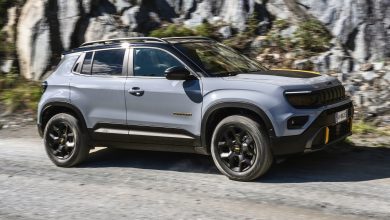Jeep® UK Brings Back The Wrangler Unlimited Rubicon 1941 Edition:
Only 41 Units Will Be Available...

Back in 2019, the Jeep® brand unveiled a custom Wrangler Rubicon 1941 Edition of its popular Wrangler (JL) lineup for the EMEA region. Based on the standard Wrangler Rubicon model, the 1941 Edition utilized the Jeep Performance Parts (JPP) catalog for the EMEA market, creating a unique package that ultimately paying homage to the original Willys MB Jeep that the Wrangler is based on.

Earlier this week, the Jeep brand unveiled that it was bringing back the model to the United Kingdom to help celebrate the brand’s 80th Anniversary.
Each Wrangler Rubicon 1941 Edition, has been factory-modified with a 2-inch suspension lift kit, black door sill guards, front and rear splash guards, black fuel filler door, all-weather mats, and 1941 hood decal which helps set this limited edition apart from the rest of the Wrangler lineup. Enhanced rear underbody protection and wheel arch extensions further extend the abilities of the 1941 Edition. The addition of a hard-top headliner help enhances the interior.

With parts being designed, engineer-specifically for, and thoroughly tested for the Wrangler by Mopar, Mopar guarantees both quality and satisfaction, increasing the capabilities of the legendary off-roader while also retaining the vehicle’s three-year warranty.

Only available in the four-door Unlimited configuration, the 1941 Edition comes standard with the 2.2-liter MultiJet diesel rated at 200 PS (197 horsepower) and 450 Nm (332 lb.-ft.) of torque. There will only be 41 units of the 1941 Edition to reach the shores of the United Kingdom. Those models are available in four exterior colors which include, Brilliant Black, Granite Crystal, Firecracker Red, and Billet Silver.

The limited-edition 2021 Jeep Wrangler Unlimited Rubicon 1941 Edition is available in the United Kingdom now and is available to order priced from £58,050 OTR. For more information on the 2021 Jeep Wrangler Unlimited Rubicon 1941 Edition, you can visit www.jeep.co.uk.






No replies yet
Loading new replies...
Join the full discussion at the Mopar Insiders Forum →